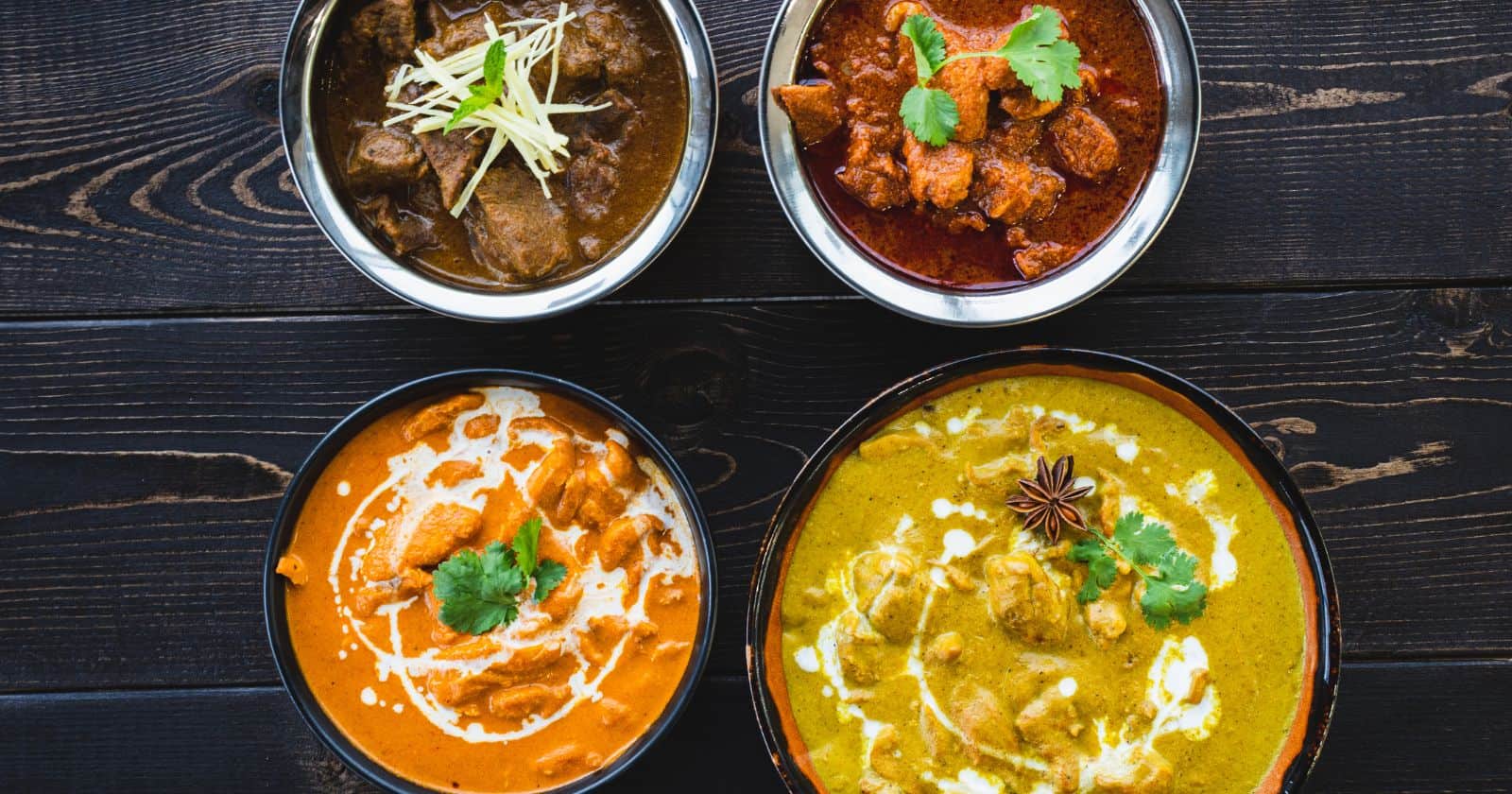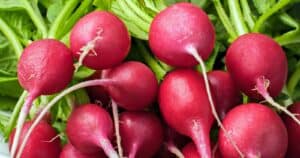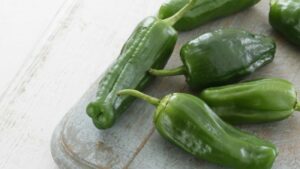That fiery kick in your curry – is it a non-negotiable feature or an adjustable flavor? With complex aromas and global diversity, is pungent heat mandatory for curries to shine? The answer may surprise you.
Despite the popularity of tongue-scorching curries, spiciness is actually optional in this versatile cuisine. Chili peppers lend heat, but curries can focus on other flavor dimensions. Through creative
So while chili peppers feature prominently in many curries, they aren’t intrinsically mandatory. By dialing back chilies or boosting cooling flavors, cooks can easily tame curry heat. And those who crave
With endless flexibility, curry offers something for all palates. Mild coconut curries, gently warming masalas, searing vindaloos – there’s a curry to match every preference. So don’t be chained to assumptions of heat – instead, embrace the possibilities to create your ideal blend of aroma, richness, and gentle or intense fire!
The Wide World of Curry
To understand curry’s relationship with
“Curry” is an umbrella term covering many dishes and cooking traditions. Spanning Indian, Thai, Japanese, Caribbean, and British cuisines, curries around the globe incorporate unique local ingredients and
But one common thread links these varied dishes – a basic cooking technique of simmering meat, vegetables, or legumes in a complexly spiced sauce or “gravy.” The sauce ingredients and
Here’s a sampling of popular global curry styles:
Curry encompasses an array of dishes across many cultures worldwide. Here’s a look at popular curries from different regions and their
Indian
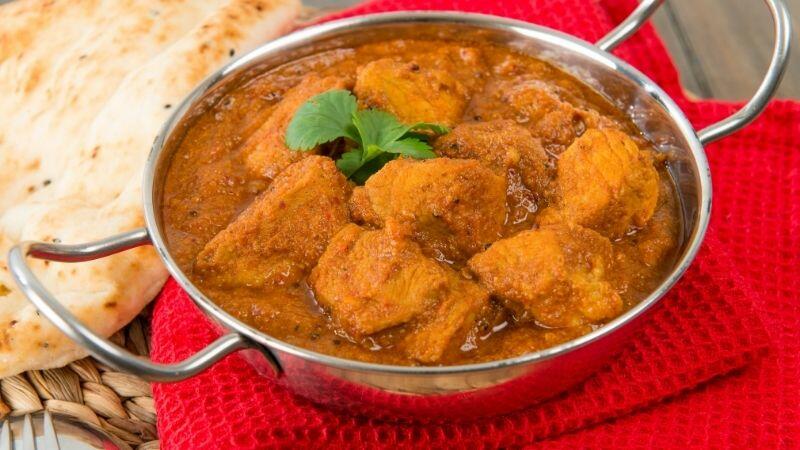
Indian curries rely heavily on dried spices over fresh chilies. Heat levels vary dramatically by dish:
- Mild – Korma, Makhani, Pasanda
- Medium – Tikka Masala, Rogan Josh, Dupiaza
- Spicy – Madras, Vindaloo, Phall
Scoville range: 500 – 100,000+ (for Phall)
Thai
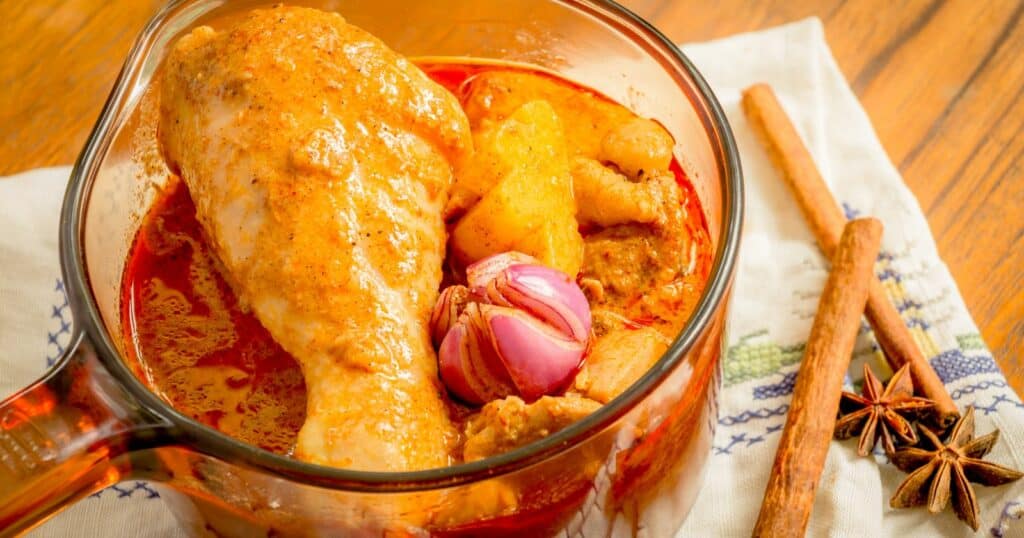
Thai curries use fresh and dried chilies liberally. They are often quite hot:
- Mild – Panang, Masaman
- Medium – Red, Green
- Spicy – Jungle Curry, Duck Curry
Scoville range: 1,000 – 50,000
Japanese
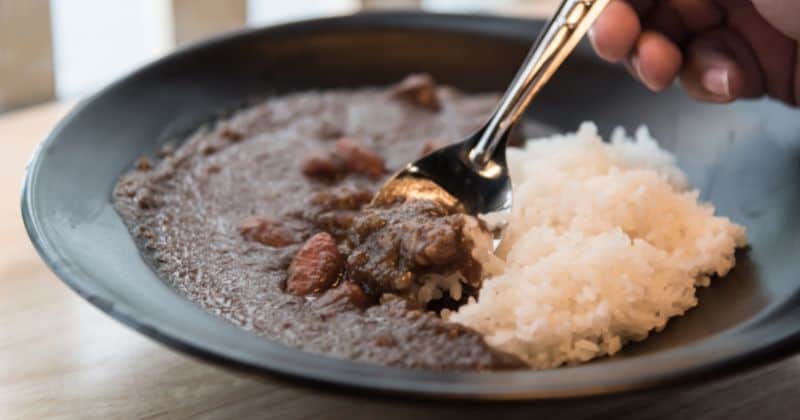
Japanese curries were adapted to local tastes so tend to be on the mild side. Most are mildly spicy to non-spicy:
- Golden (mildly spicy)
- Ver (non-spicy)
- Fruit curries (non-spicy)
Scoville range: 100 – 1,000
Caribbean
With liberal use of scotch bonnet peppers, curries from the Caribbean pack serious heat:
- Mild – Curried Goat, Red Peas Soup
- Hot – Trinidadian Green Curry, Jamaican Curry Chicken
Scoville range: 10,000 – 200,000+
British
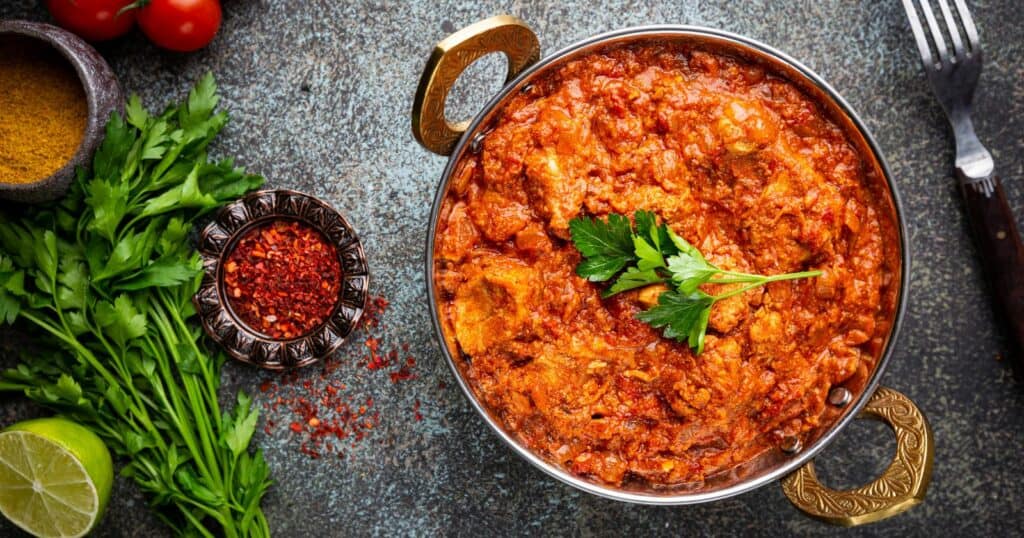
British curries tend to tone down the heat for local palates. Most are mildly spicy:
- Korma, Tikka Masala, Balti – mildly spicy
- Madras, Vindaloo – medium spicy
Scoville range: 500 – 2,000
So while some curries set taste buds ablaze, others gently warm and
What Makes a Curry Spicy?
The key determinants of curry heat level are:
Type of chili peppers – Small, potent peppers like bird’s eye or scotch bonnet pack more heat than larger chilies.
Quantity of chilies – More peppers = higher spiciness.
Additions like chili powder or cayenne – Direct sources of concentrated heat.
Cooking method – Frying peppers in oil extracts more
Other ingredients – Dairy, coconut milk, breads can cool
Essentially, spiciness is adjustable based on recipe choices. Cooks can dial up or down curry heat to suit preferences by playing with chili ingredients.
Taming the Heat of Your Curry
Finding a curry uncomfortably spicy? Not to worry, its heat can be toned down through a few easy tweaks:
- Cut back on hot peppers and chili powders when cooking.
- Add cooling dairy products like yogurt, cream, or coconut milk.
- Increase starchy ingredients like rice, potatoes, or breads to absorb some heat.
- Brighten with citrus juice or vinegars to provide a counterbalancing acidity.
- Stir in a nut butter or tahini to introduce cooling fats and proteins.
- Incorporate fresh herbs like cilantro or basil for freshness.
- Finish with a garnish of crunchy vegetables for a cooling effect.
- Sweeten mildly with honey, maple syrup, or sugar to round out flavors.
With a few minor adjustments, you can easily tame an overly fiery curry and find your ideal spiciness level.
Crafting Milder Curries
For those looking to craft curries with only subtle warmth, there are many ways to develop flavor while avoiding intense heat:
- Use larger, milder chili varieties like poblano, Anaheim, or bell peppers.
- Skip hot peppers entirely – you can build flavor with other spices.
- Make your own curry powder with less or no chili powder/cayenne.
- Rely on ginger, garlic, turmeric, and coriander for flavor over chilies.
- Experiment with garam masala, ras el hanout, or curry-adjacent
spice blends. Many provide richness without much burn. - Simmer diced tomatoes or tomato sauce/paste to impart a subtle, rounded heat.
- Finish with cooling garnishes like cucumber raita, mango chutney, or mint.
With smart ingredient choices and
Strategies for Spicy Curry Lovers
For those who live for curry’s burn, there are many ways to intensify its searing
- Use extra-hot peppers like habaneros, ghost peppers, or scorpion peppers. Exercise caution!
- Add more peppers – double or triple the amount in a recipe.
- Ground chili powders provide concentrated heat – add to taste.
- Include spicy condiments like sambal oelek or harissa paste.
- Finish with spicy garnishes – chili oil, sliced chilies, pepper flakes.
- Simmer chilies in oil before adding to extract more heat.
- Skip cooling dairy – nix yogurt, coconut milk, and cream to intensify the burn.
- Reduce starch – limit rice, potatoes, and breads that absorb some heat.
- Skip sweeteners – forego sugar or honey that softens
spice .
With small adjustments, fiery food fans can ratchet their curries up into the stratosphere of spiciness. Just take care not to scorch your tastebuds!
Finding Your Perfect Heat Level
When cooking curry at home, you control the
- If new to making curries, begin mild – you can always add more
spice . - When using fresh chilies, remove seeds and membranes to reduce heat.
- Sample as you go and adjust chili ingredients to taste.
- Balance warming spices like cinnamon, cumin, and turmeric with a touch of chili.
- Finish with cooling garnishes like cucumber raita, mango, or mint as needed.
- Add heat gradually and stop once you achieve your desired spiciness.
Home cooks have the flexibility to strike the perfect balance of rich sauce, aromatic spices, and personalized heat. So don’t be afraid to make curries that dance to the beat of your own taste buds!
Curry’s relationship with

